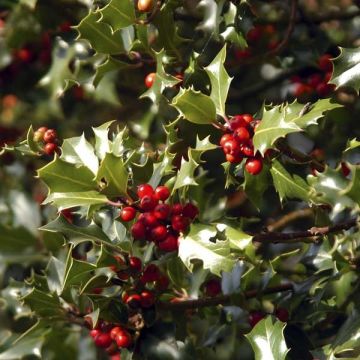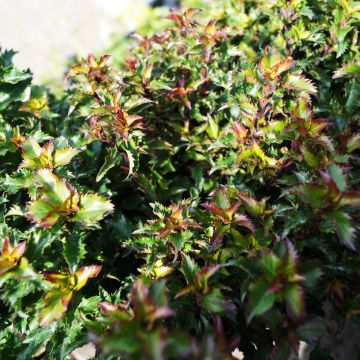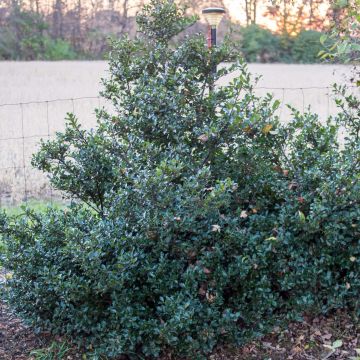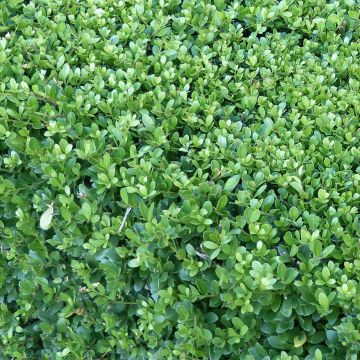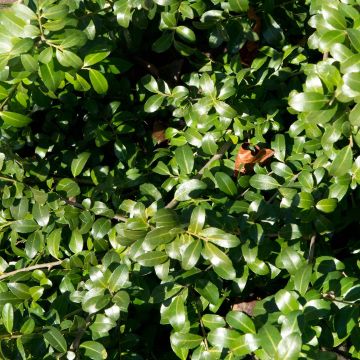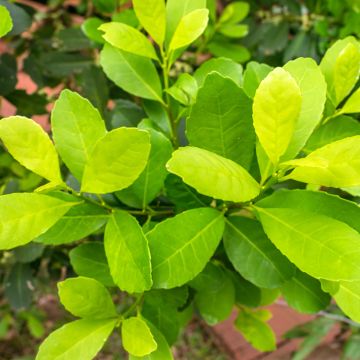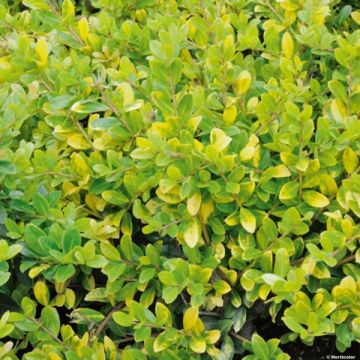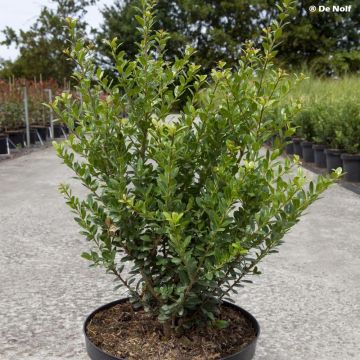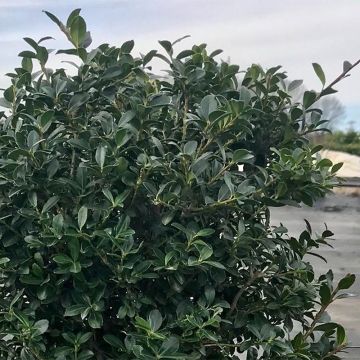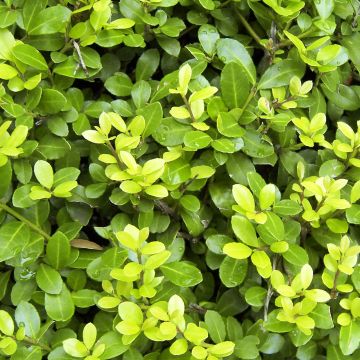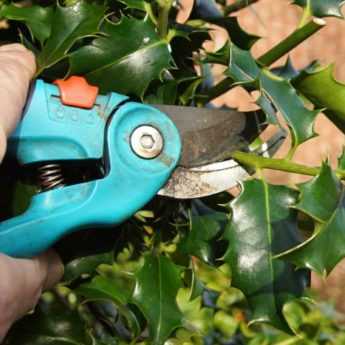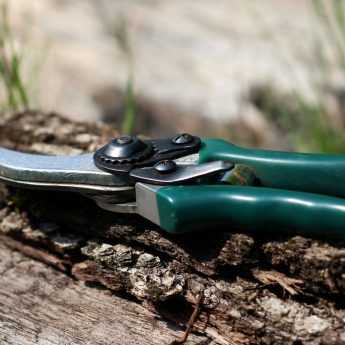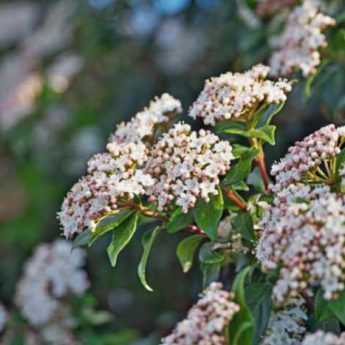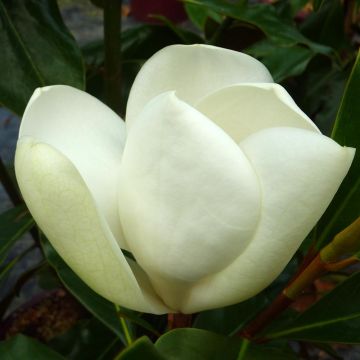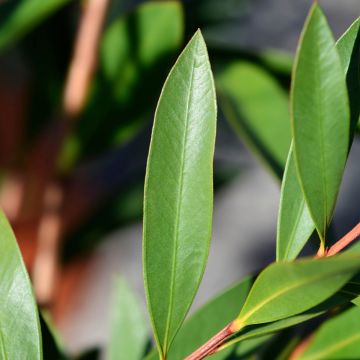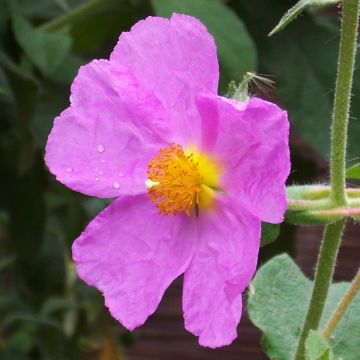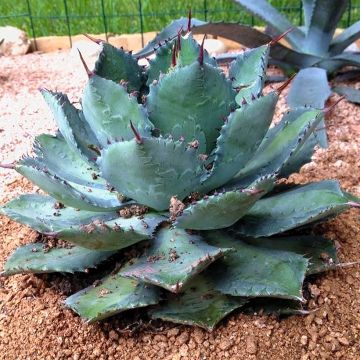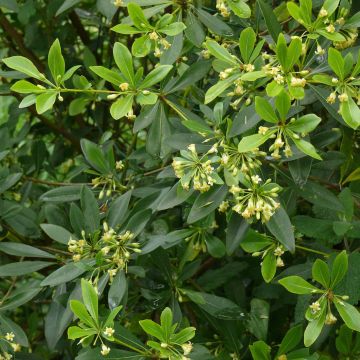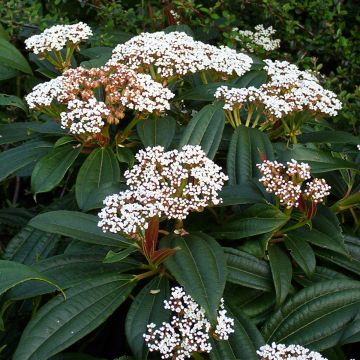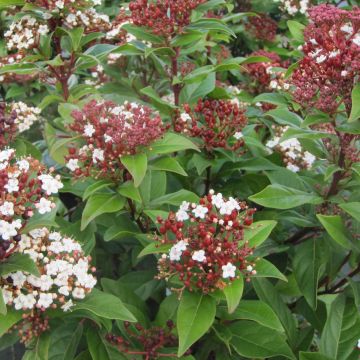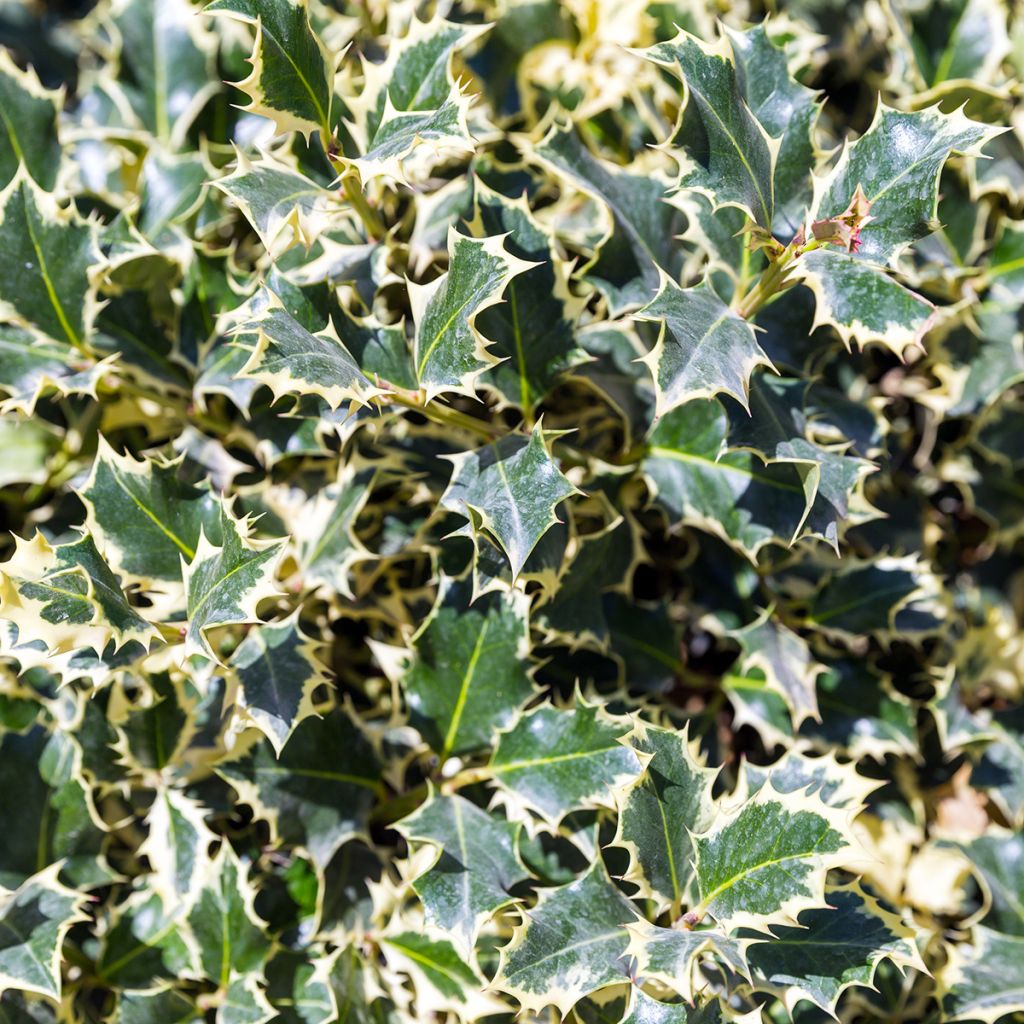

Ilex aquifolium Silver Queen - Houx panaché
Ilex aquifolium Silver Queen - Common Holly
Ilex aquifolium Silver Queen
European Holly, Common Holly, English Holly, Evergreen Holly
This item cannot be shipped to the selected country
Delivery charge from €6.90
More information
Delivery charge from €6.90
More information
Schedule delivery date,
and select date in basket
This plant carries a 24 months recovery warranty
More information
We guarantee the quality of our plants for a full growing cycle, and will replace at our expense any plant that fails to recover under normal climatic and planting conditions.
From €7.90 for pickup delivery and €6.90 for home delivery
Express home delivery from €8.90.

Does this plant fit my garden?
Set up your Plantfit profile →
Description
Ilex aquifolium ‘Silver Queen’ is a beautiful variety of Common Holly with evergreen, prickly, dark green foliage edged with creamy white. This male bush does not produce fruit but will be decorative all year round thanks to its bright foliage. It will find its place in a natural garden, in isolation, in an informal or defensive hedge, or in the undergrowth. This variety will be perfect for illuminating a somewhat dark corner of the garden.
Ilex aquifolium needs no introduction. It is widespread throughout Europe, from Scandinavia to the Caucasus, from southern Europe to North Africa, from Iran to northern Asia. This immense distribution area clearly underlines the remarkable adaptability of this bush. It is appreciated since time immemorial for the bright red fruiting that adorns the female in winter, a red perfectly highlighted by prickly dark and shiny green foliage. Hollies belong to the Aquifoliaceae family.
Ilex aquifolium ‘Silver Queen’, sometimes marketed under the name of I. aquifolium ‘Argentea Regina’, is a ubiquitous evergreen bush. It prefers deep soils and cool to humid areas, but also adapts to open spaces. It is quite polymorphous, depending on its habitat, adopting the appearance of a large conical bush 5m (16ft) high and 2m (7ft) wide, or the bushier habit of a small tree. With slow growth, it roots deeply into the soil, favouring the development of its root system before producing its branches. The evergreen foliage is composed of tough leaves, 5 to 8cm (2 to 3in) long, and polymorphous according to the age of the plant or its vigour. The edge of the leaves is undulated and dentate and presents sharp thorns. The lamina is very shiny dark green edged with creamy white to pale-yellow, suffused with pink at budding. Flowering takes place in spring, in May-June, in the leaf axil, in the form of small white to pink flowers, not exceeding 5mm (0.2in) in diameter, gathered in clusters. The flowers are honey-bearing and fragrant. This male bush does not produce fruit. The bark of this small tree is greenish-purple when young, before taking on a grey colour and a smooth appearance. Common holly can live up to 400 to 500 years.
Ilex aquifolium ‘Silver Queen’ will satisfy gardeners who love solid, unpretentious bushes, which remain beautiful all year round. It has the advantage of adapting to many growing conditions while bringing a sculptural touch to the garden. It will be attractive all year round thanks to its bright variegated foliage. It is perfect in a grove, accompanied by a few deciduous shrubs with autumn foliage and conifers with bluish-green foliage for contrast. It can also be planted in a mixed hedge, or in a defensive hedge. It mainly fears dry air and shallow soils. Hardy beyond -15°C (5°F), it particularly likes cool places, in a large natural garden. Plant in cold regions alongside hawthorn, snowberries, and other evergreen hollies.
Hollies are both beloved and little-known plants. The genus comprises nearly 800 deciduous or evergreen species, usually native to the temperate northern hemisphere. These very ancient plants have experienced the alternating glacial and dry, hot periods of our climate history, making them extremely adaptable and resilient plants. Their white to cream wood is very low in water, even when green. It is dense and heavy, but soft and easy to work in cabinet-making. It is also an excellent fuel for heating, even when green. Finally, its foliage and berries (not edible) are rich in caffeine. A tea is made with its leaves in the Black Forest.
Plant habit
Flowering
Foliage
Botanical data
Ilex
aquifolium
Silver Queen
Aquifoliaceae
European Holly, Common Holly, English Holly, Evergreen Holly
Cultivar or hybrid
Other Ilex - Holly
View all →Planting and care
Add a generous amount of potting soil to compost and incorporate it into your garden soil, to allow easier and deeper rooting. It is a woodland species, found in plains and mountains, up to 1500m altitude. It tends to seek coolness in the southernmost regions of its distribution area. It prefers acidic soils and cool situations, but adapts to limestone soils if the humidity level of the air is sufficient. This bush fears cold situations and icy winds. Therefore, choose a semi-shaded location in a warm climate, and a sunny position in a cool region. Water for the first 3 years to help the bush to settle in. Once established, it will manage on its own, as it tolerates drought quite well if planted in semi-shade and in deep soil. Pay particular attention to watering in summer and during prolonged drought.
When young, prune in spring to train the holly, selecting the branches you want to keep. Take a step back to view your holly as a whole to determine the shape and arrangement of the short stems.
Holly can become invasive where it is happy, through numerous spontaneous sowings, but also because of its ability to layer itself.
It can be attacked by holly miner, white scales in spring, and mites and aphids in summer. Treat preventatively at the beginning of the season.
Planting period
Intended location
Care
Planting & care advice
This item has not been reviewed yet - be the first to leave a review about it.
Evergreen shrubs
Haven't found what you were looking for?
Hardiness is the lowest winter temperature a plant can endure without suffering serious damage or even dying. However, hardiness is affected by location (a sheltered area, such as a patio), protection (winter cover) and soil type (hardiness is improved by well-drained soil).

Photo Sharing Terms & Conditions
In order to encourage gardeners to interact and share their experiences, Promesse de fleurs offers various media enabling content to be uploaded onto its Site - in particular via the ‘Photo sharing’ module.
The User agrees to refrain from:
- Posting any content that is illegal, prejudicial, insulting, racist, inciteful to hatred, revisionist, contrary to public decency, that infringes on privacy or on the privacy rights of third parties, in particular the publicity rights of persons and goods, intellectual property rights, or the right to privacy.
- Submitting content on behalf of a third party;
- Impersonate the identity of a third party and/or publish any personal information about a third party;
In general, the User undertakes to refrain from any unethical behaviour.
All Content (in particular text, comments, files, images, photos, videos, creative works, etc.), which may be subject to property or intellectual property rights, image or other private rights, shall remain the property of the User, subject to the limited rights granted by the terms of the licence granted by Promesse de fleurs as stated below. Users are at liberty to publish or not to publish such Content on the Site, notably via the ‘Photo Sharing’ facility, and accept that this Content shall be made public and freely accessible, notably on the Internet.
Users further acknowledge, undertake to have ,and guarantee that they hold all necessary rights and permissions to publish such material on the Site, in particular with regard to the legislation in force pertaining to any privacy, property, intellectual property, image, or contractual rights, or rights of any other nature. By publishing such Content on the Site, Users acknowledge accepting full liability as publishers of the Content within the meaning of the law, and grant Promesse de fleurs, free of charge, an inclusive, worldwide licence for the said Content for the entire duration of its publication, including all reproduction, representation, up/downloading, displaying, performing, transmission, and storage rights.
Users also grant permission for their name to be linked to the Content and accept that this link may not always be made available.
By engaging in posting material, Users consent to their Content becoming automatically accessible on the Internet, in particular on other sites and/or blogs and/or web pages of the Promesse de fleurs site, including in particular social pages and the Promesse de fleurs catalogue.
Users may secure the removal of entrusted content free of charge by issuing a simple request via our contact form.

































